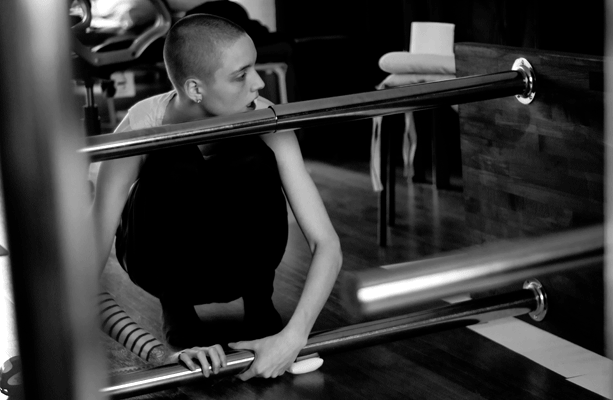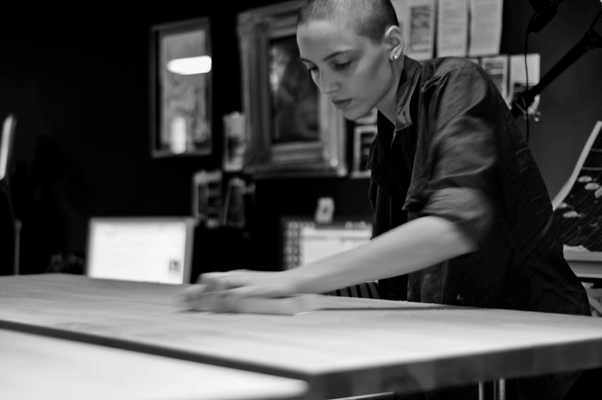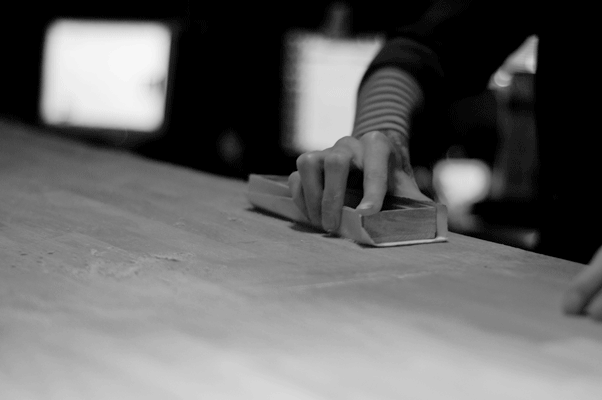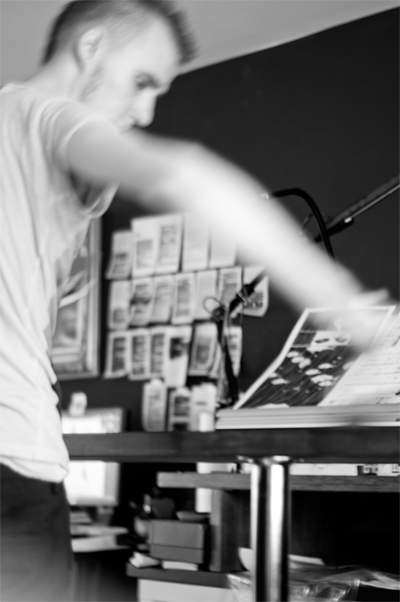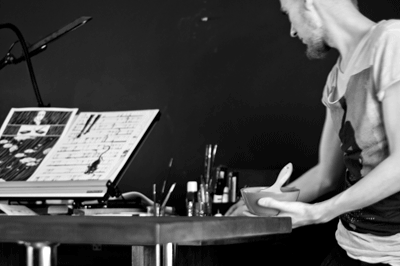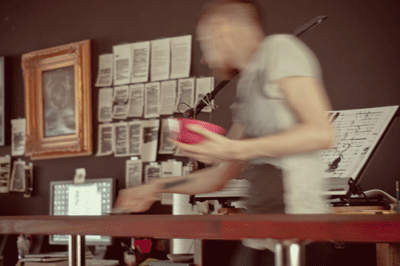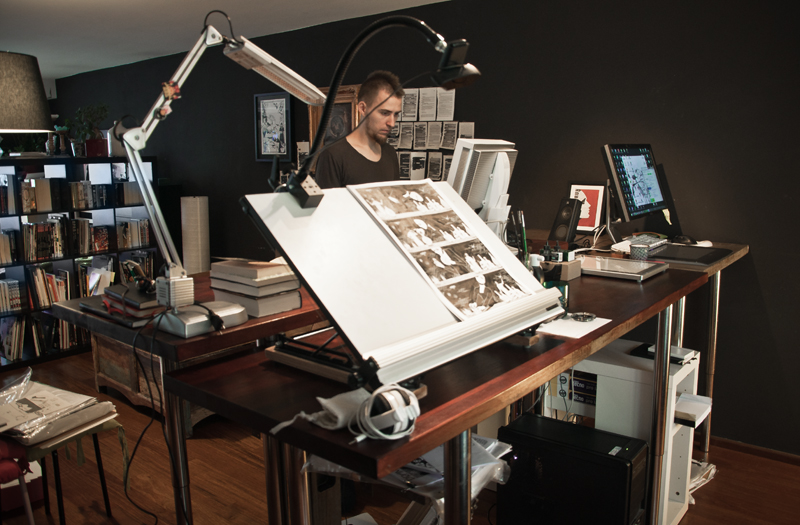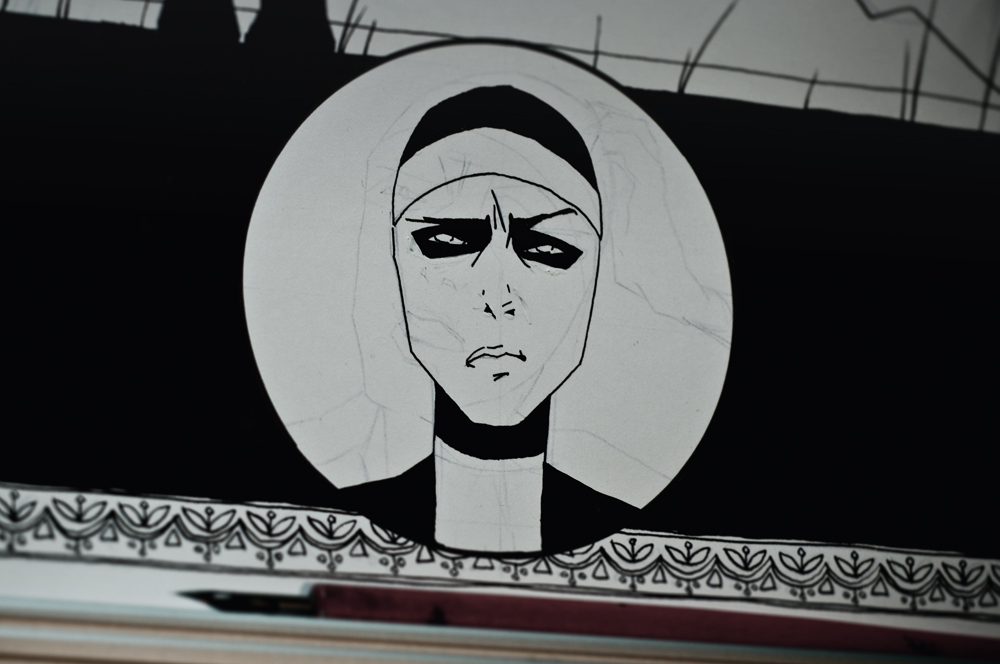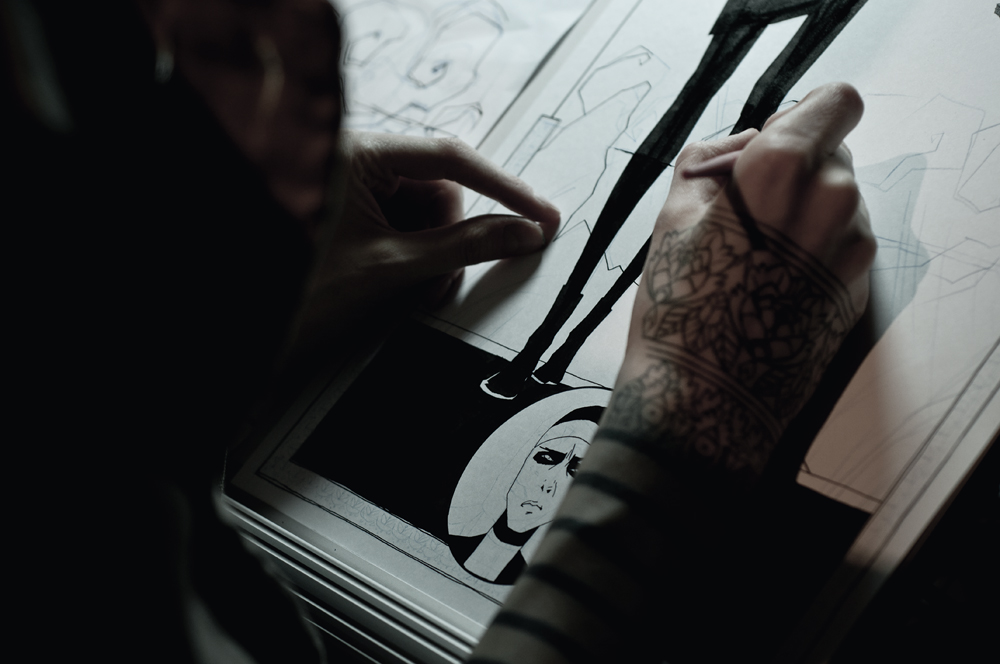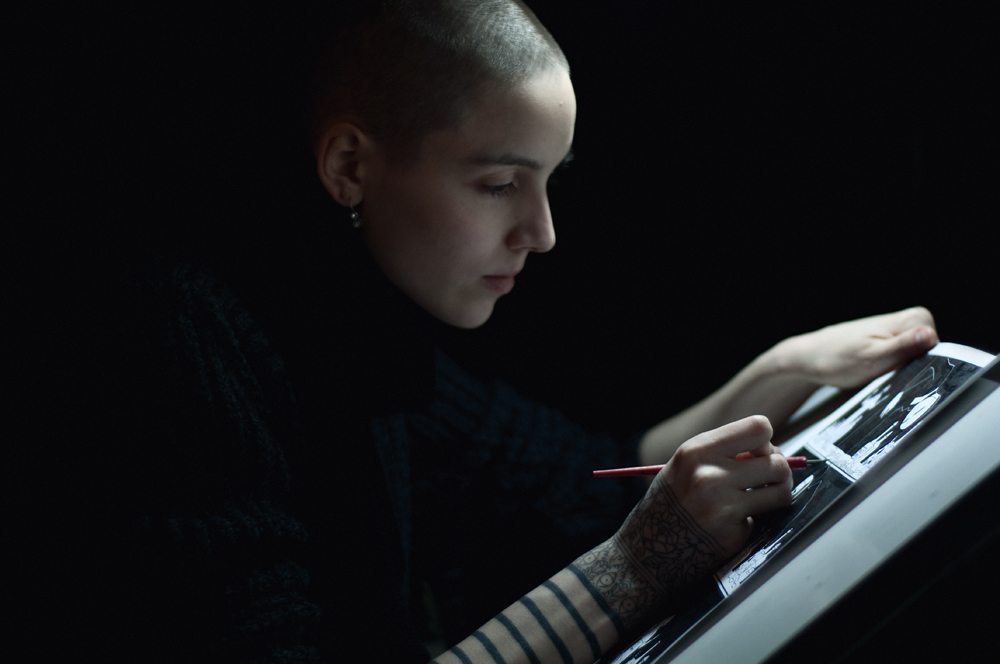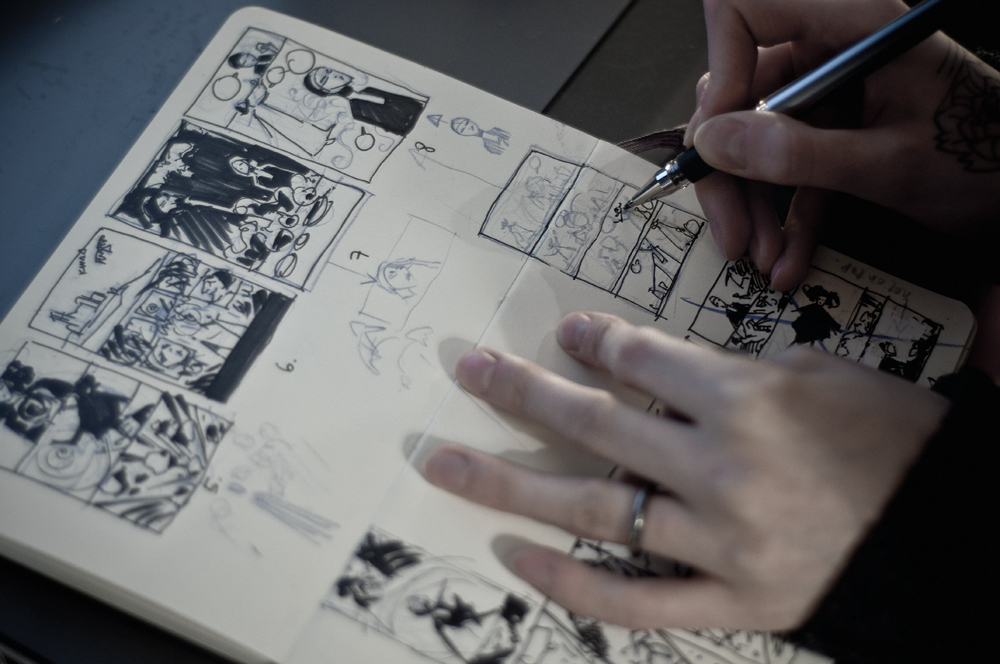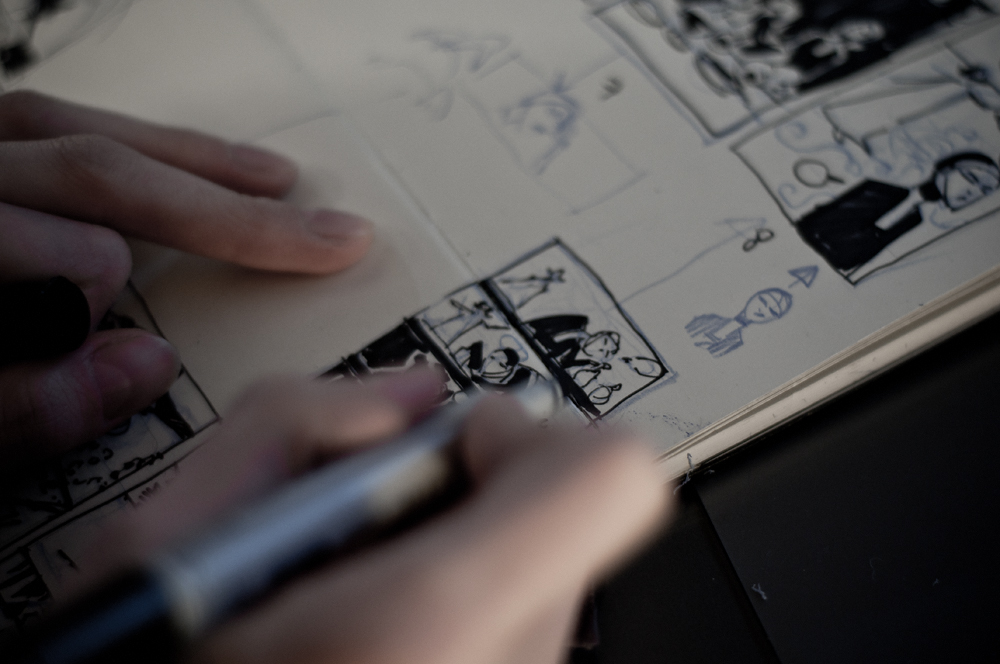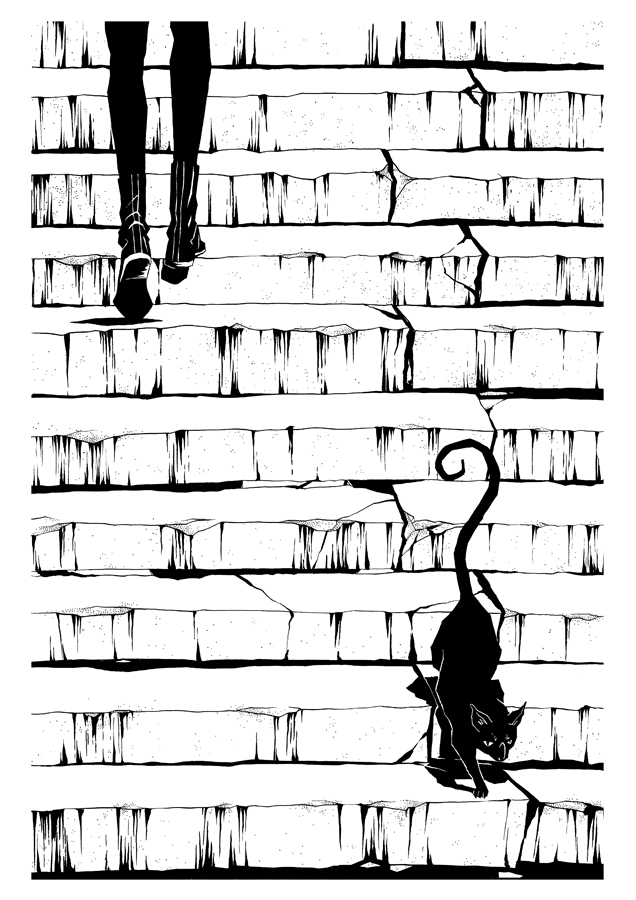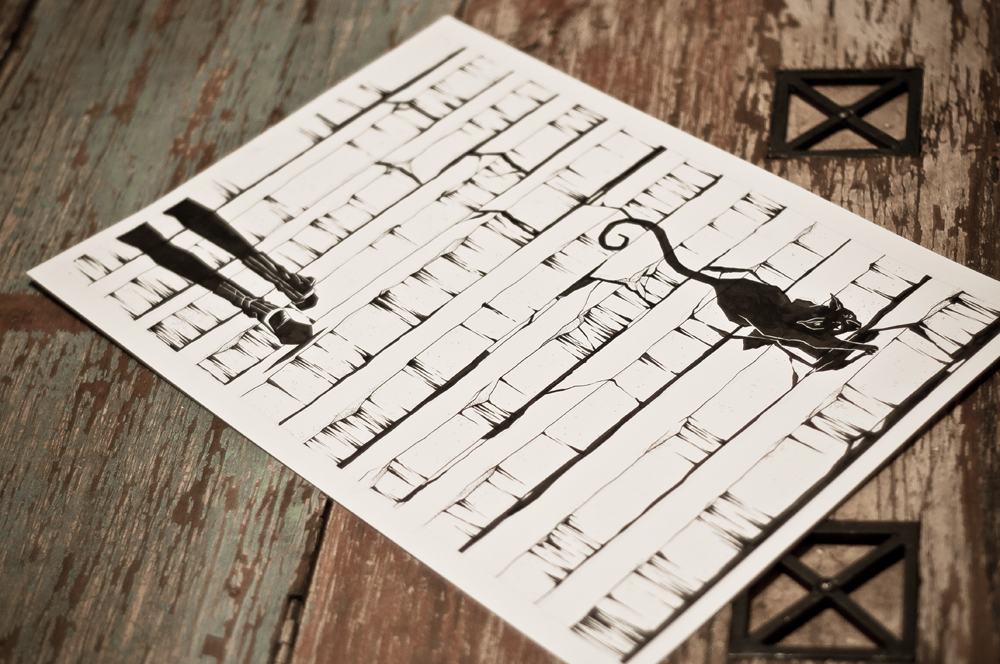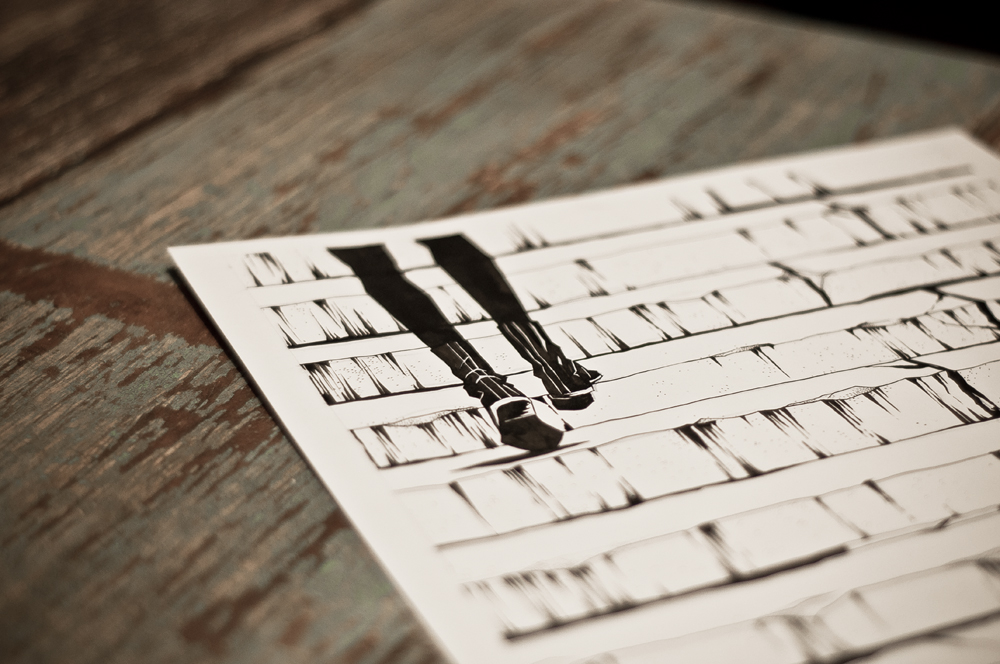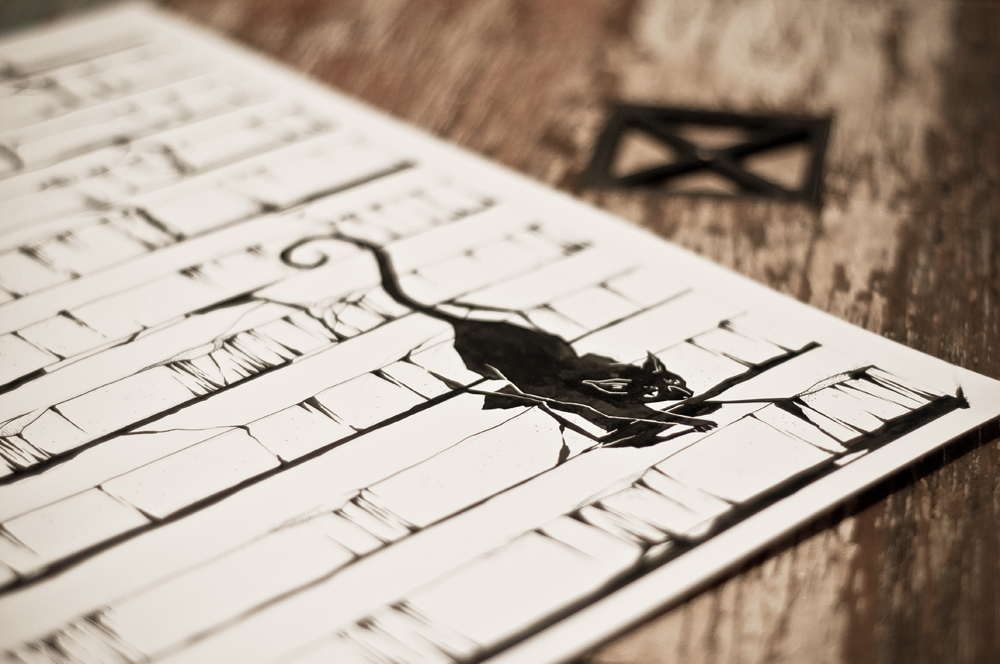This week we had an interesting question posed to us by Jarrod in the blog’s comment section. In a nutshell it was about breaking out of an old style, and whether we have any helpful views on that subject. I started writing an answer, but it blew out of proportion pretty quickly. Silver said he wants to contribute his thoughts on the matter too, but since out of the two of us I’m the “man of few words”, we decided this subject will do better as a proper blog post.
My response to the question took a more “general thoughts” approach, whereas Silver talks more in depth about the production side of the concepting process.
Jarrod, we hope this helps you at least a little bit!

Kaija’s answer:
Hi Jarrod!
I definitely believe that practice makes perfect, and I think that would be most effective advice. It’s true in anything you do in life. It takes lots of work to get to a point where you start feeling comfortable with anything you pick up. And then, provided you enjoy it, you put even more hours into it to better yourself. The notion that art is so dependent on raw talent only is really detrimental to starting out creative people. You put yourself down for not being able to do EVERYTHING art related on the first try.
Expanding your skillset, whether to a new style, medium, or just concentrating on a more specific aspect of a skill, like e.g. better composition means learning something new. You don’t expect a violinist to pick up a guitar and be great off the bat. Or do an effortless leap from cooking to baking. Right? So don’t beat yourself down :)
And that brings me to tips:
I don’t have an exercise to help you break out of your old style immediately. But for a long term plan what I can suggest is getting some new influences. That’s how styles change over time. A logical and easy way to start is digging deeper and trying to find out what influenced the art style that you might be trying to emulate. See how it evolved through many people’s contributions and see if you can use your own strenghts and point of view to add to that lineage.
Think about what makes it good besides linework or rendering techniques. Mood and intention behind your designs are so much more important after all. How can you use shapes, colors and composition to convey this new style? One example is Tim Burton, Disney, and Cartoon Network cartoons. All very stylised, but all of them use different color palettes, shapes and composition. They’re very much intentional because each contributes to very different styles of storytelling. And the outcomes are distinctly different.
I get that it might be a hard switch to make if it defies what you’re used to drawing. I had a hard time switching from fully rendered digital painting to black ink only. I pulled myself out of an emotional black hole only after I found a technique that I liked and just drew the way I felt most comfortable with. And now, after drawing RFR for one and a half years I’ve started to hunger for new techniques and wanting to introduce them to the mix. I can see you have a more immediate change to make, but what I’m getting at is: there’s no reason why it couldn’t be done. A lot of it is giving your brain time to adjust to the new subject matter and do a lot of research.
And then practise.
Smiles,
Kaija
Silver’s answer:
Dear Jarrod.
In its most simplest form, you could definitely answer this question with a simple “practise makes perfect”. Problem is, that practise by itself is a lot more complicated subject matter and without the experience of knowing where to focus your efforts, you might spend hours wasting time on practising the wrong thing.
In this particular case, where you’re trying to learn a new style and produce concept art at the same time, you aren’t only actively learning, but you also have an obligation to be useful for your project and your teammates.
The pressure of feeling useless to the project is petrifying at the least and adds an extra layer of stress that you don’t need to complicate things. I can imagine how the urge to feel like a productive and contributing team member can pull you back to your old ways, just so you have the feeling of being useful again. It’s hard to break free of it, but not impossible.
Here’s what I would do if I was you:
I would vigorously copy the style you want to learn for a few weeks. Not for the sake of making concept art, not for producing anything for your project, but only for the sake of learning new reference points and muscle memories. You’ll grow confidence, notice nuances and grow as an artist. Every project needs a proper pre-production exploration stage where all you do is just study and research and prepare yourself for the production.
Learning anything new is a lot easier if you simplify the progress. There’s no need to make it hard for yourself.
After you’ve copied enough to understand the style you’re learning, or at least to have enough references in your secret brain library, then you can move forward from the exploration stage to your pre-production stage and make first pass designs for your project. This is where you make your mood paintings, your quick concepts with a lot of variation and room to change. Don’t be afraid to be unoriginal at first, this is still just pre-production for you guys.
Most of our first ideas are unoriginal and cliches, and I’d rather you’re a bad copycat while you’re figuring things out than not a designer at all. At least being bad leaves you room to improve, it’s a solid base that can grow if you just put the hours into it.
The purpose of pre-production is to inspire you and give you good starting point for production art where you take all the things you’ve agreed on and change all the things you didn’t, and then put it together into a concept art in such a way that any other artist after you can just take it and build it without a doubt in her mind what to do with it.
Now, when you are doing concept art for your project, remember to always focus on being useful first rather than making good art. Concept art is not only about making pretty marketing pictures (that’s illustration), it’s really about problem-solving, communication and presentation; it doesn’t matter how nicely you rendered or draw something if the core idea sucks or if the picture is unreadable.
Fortunately, the better you become as a problem solver, the faster you work and can hence allocate more time to refine your paintings.
As you learn and train, your reference memory grows so large that you can easily start jumping from one style to another, and after you’ve become experienced enough, you will start combining these styles without any trouble, which ultimately will lead you to finding your own style.
Personal style, often the ultimate goal for all artists, is never final. It’s really just a way to describe your unconscious choices and presentation habits that you’ve acquired over the years. And since you as a person will keep growing and learning, so will your style.
Learning art and design isn’t really that complicated. In the end you just need to sit down and do it for a long long time repeatedly with a lot focus.
And never stop.
Cheers,
Silver
There you have it! If any of you guys have any more questions for us we’re happy answer them as best we can:)



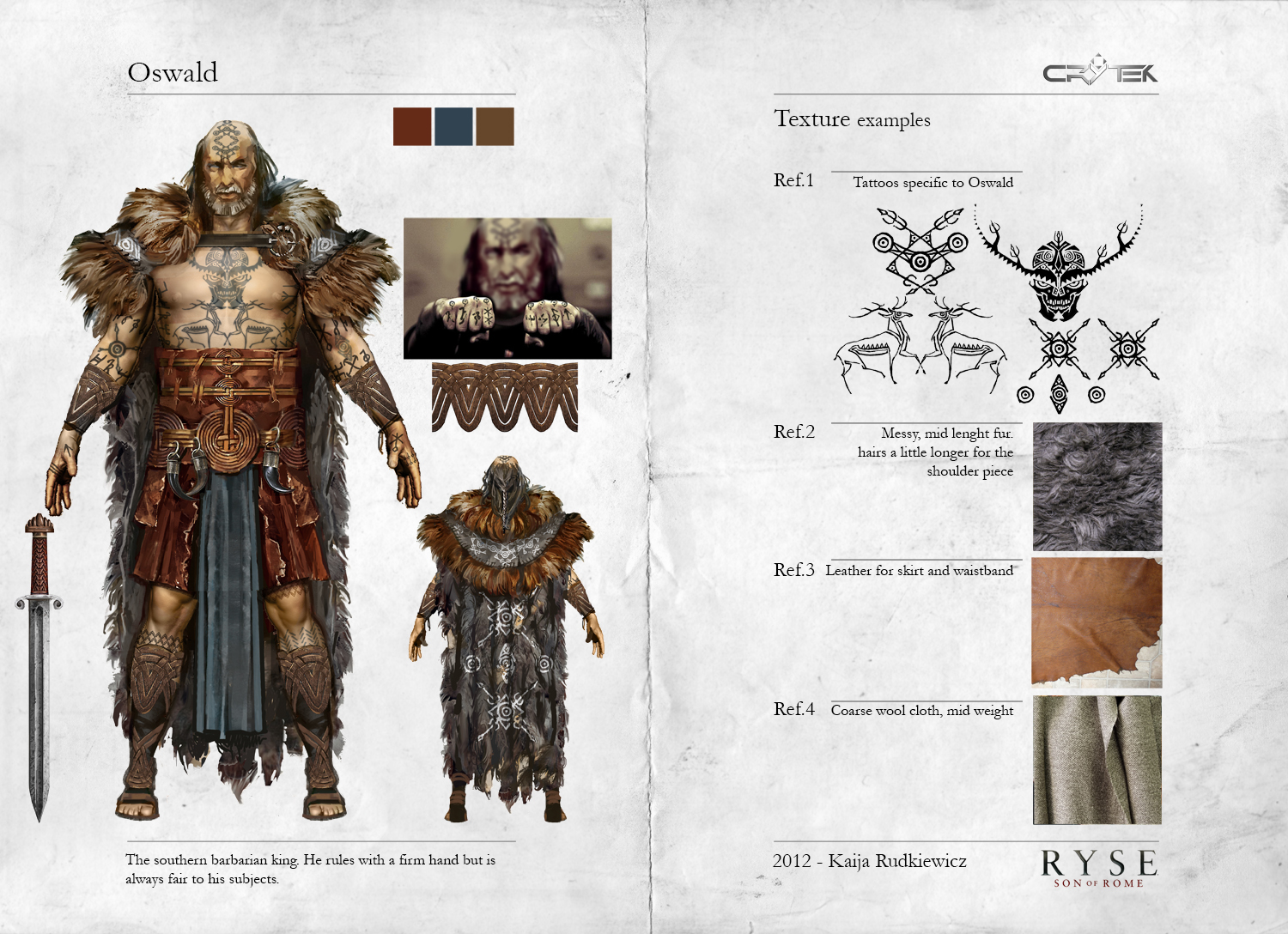

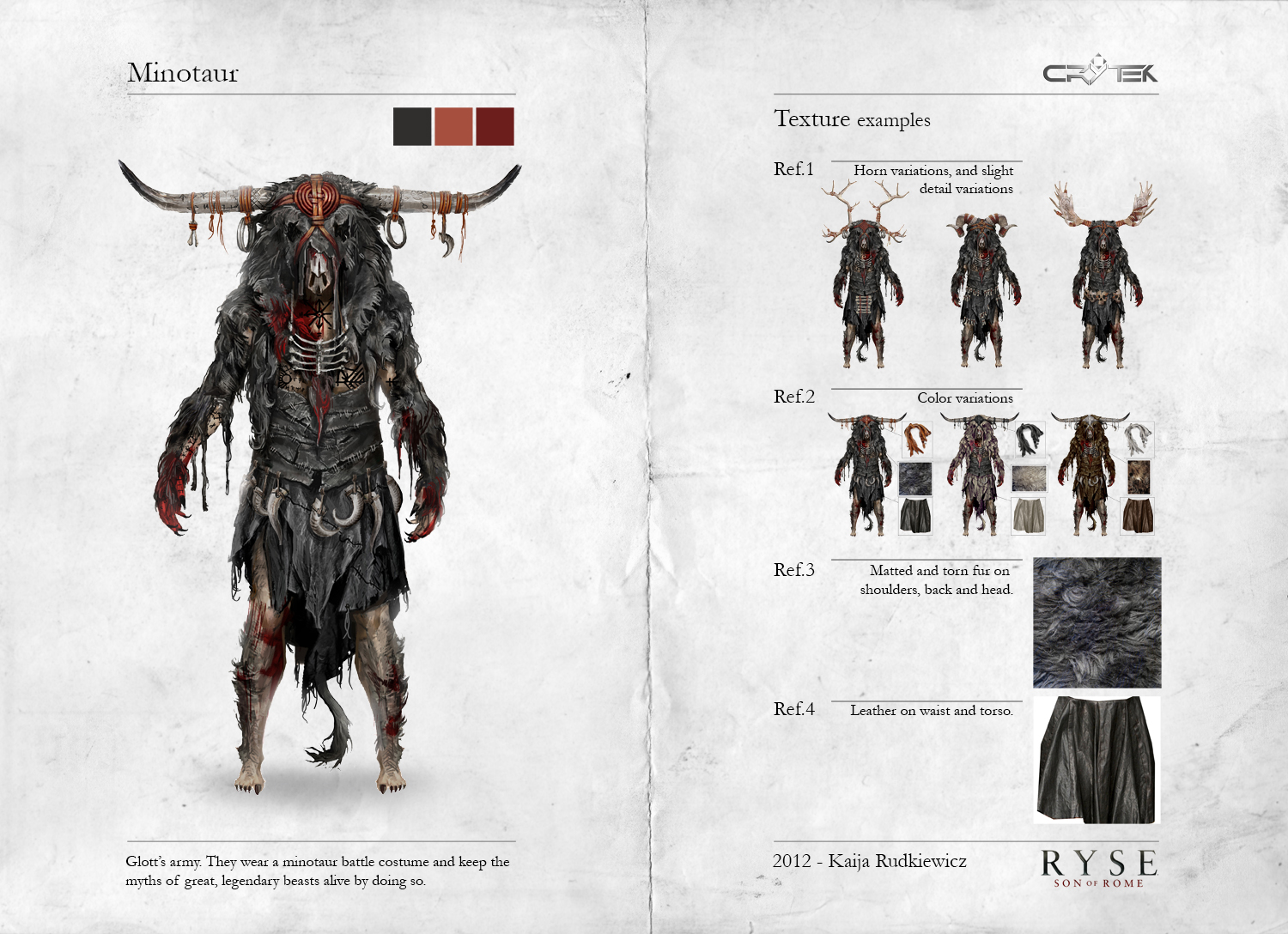
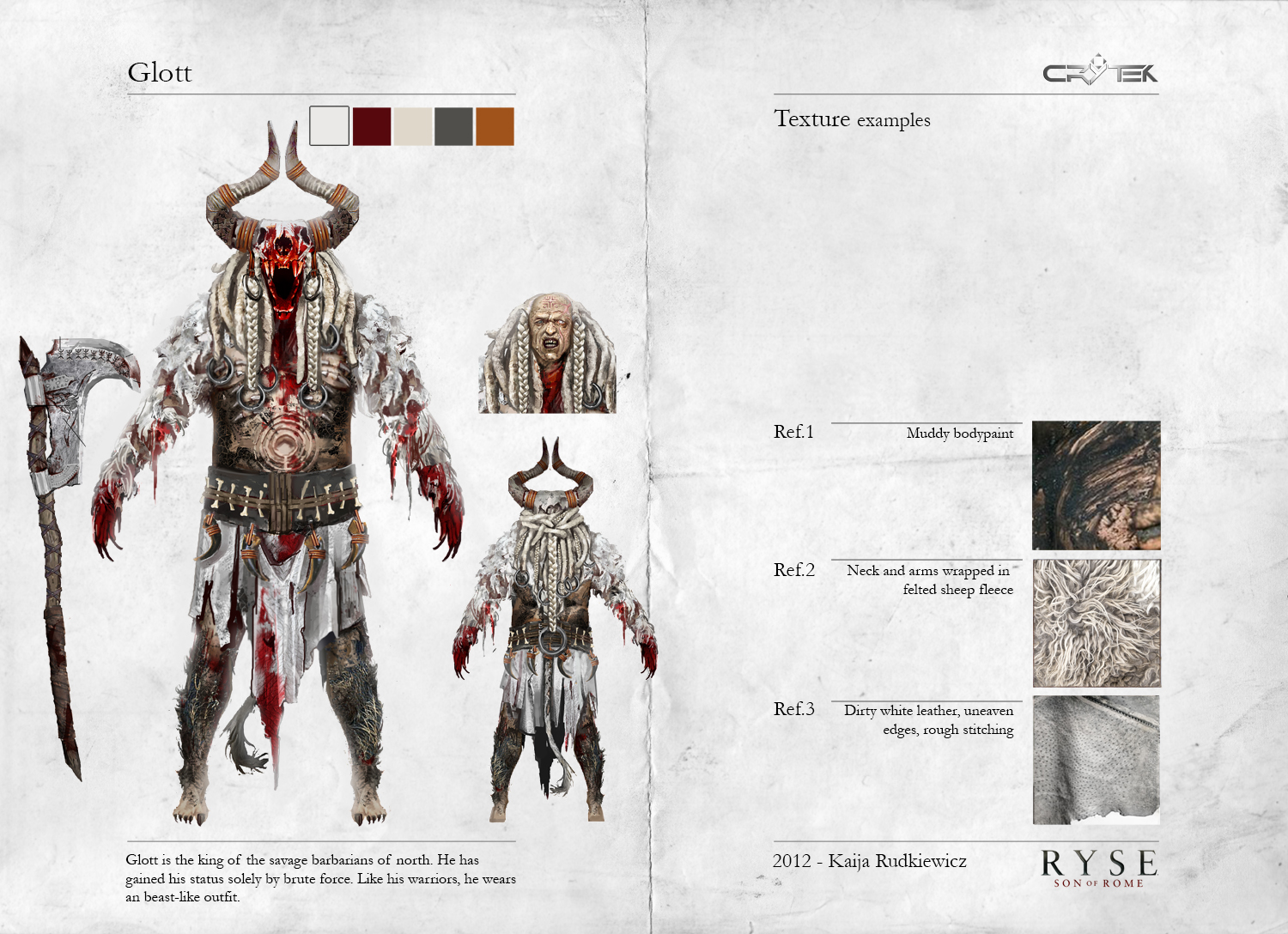
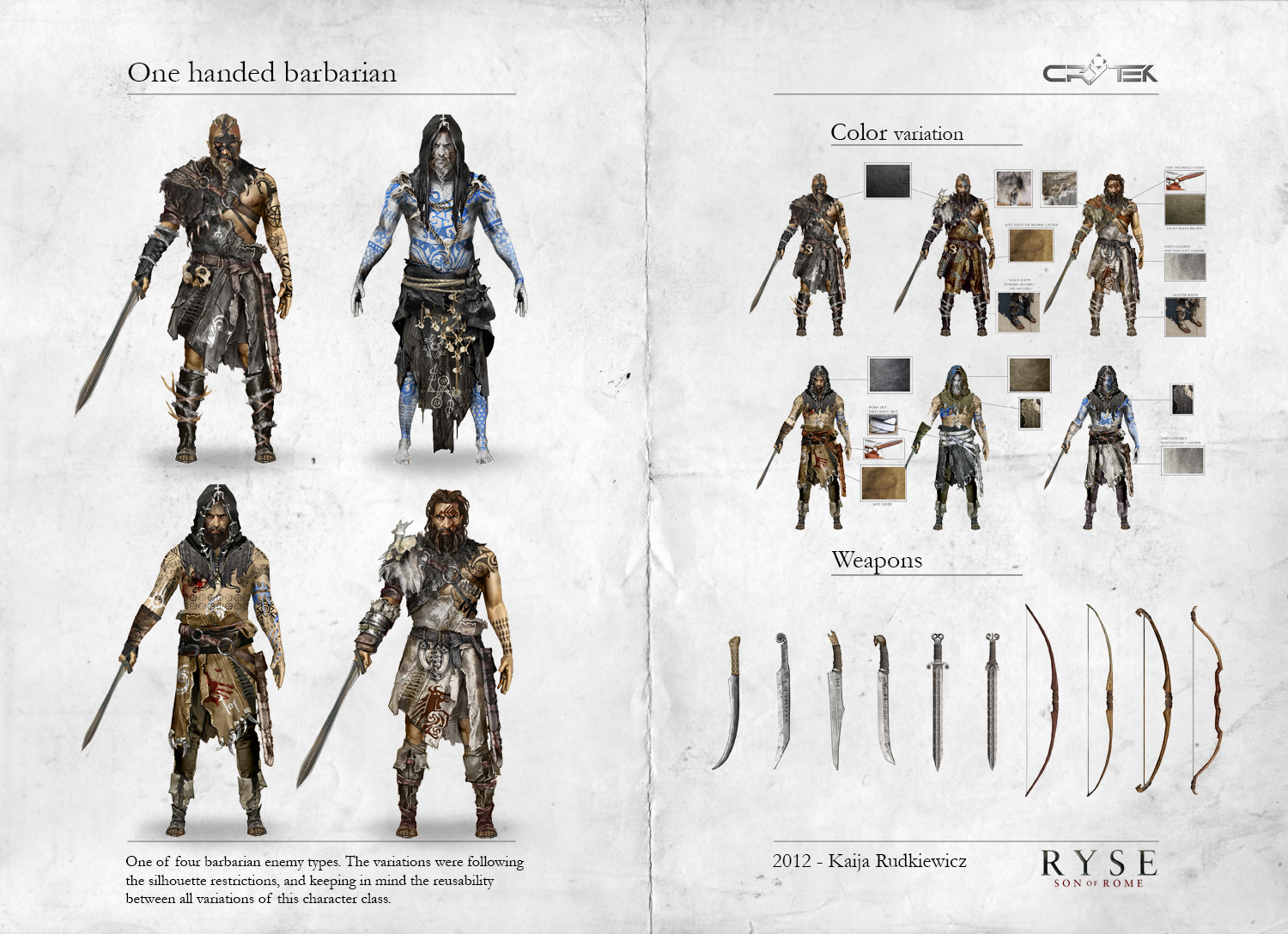
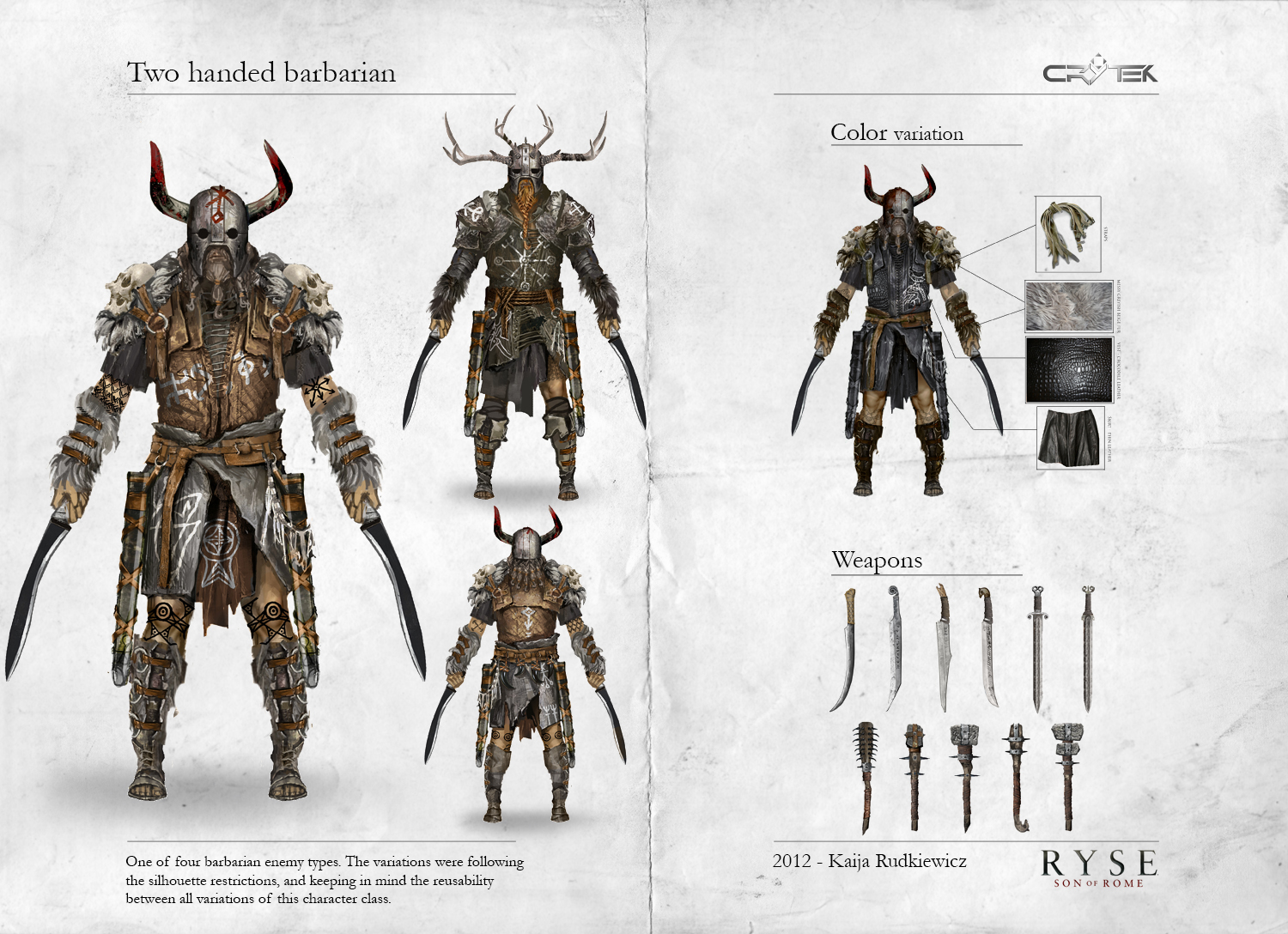
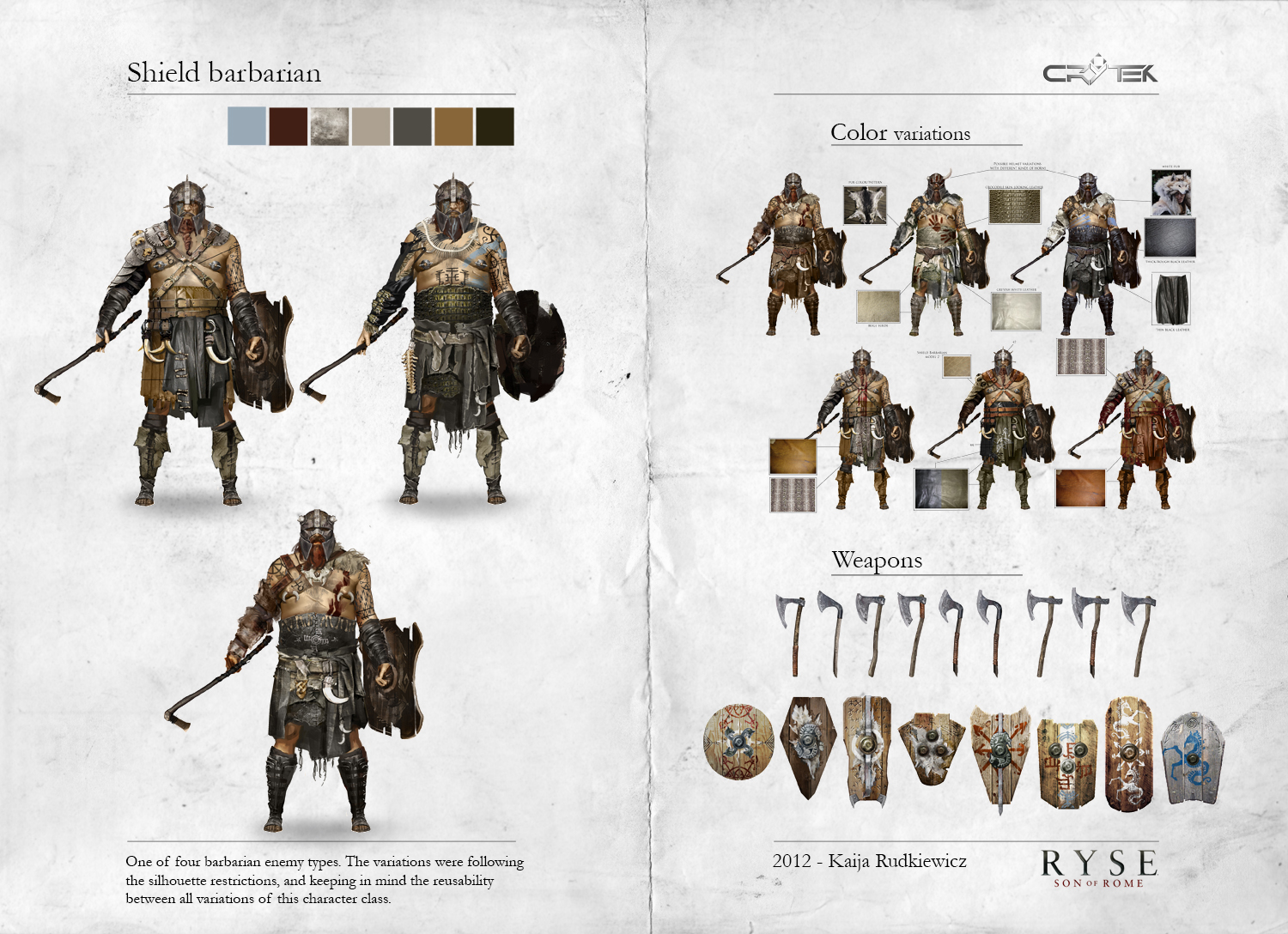

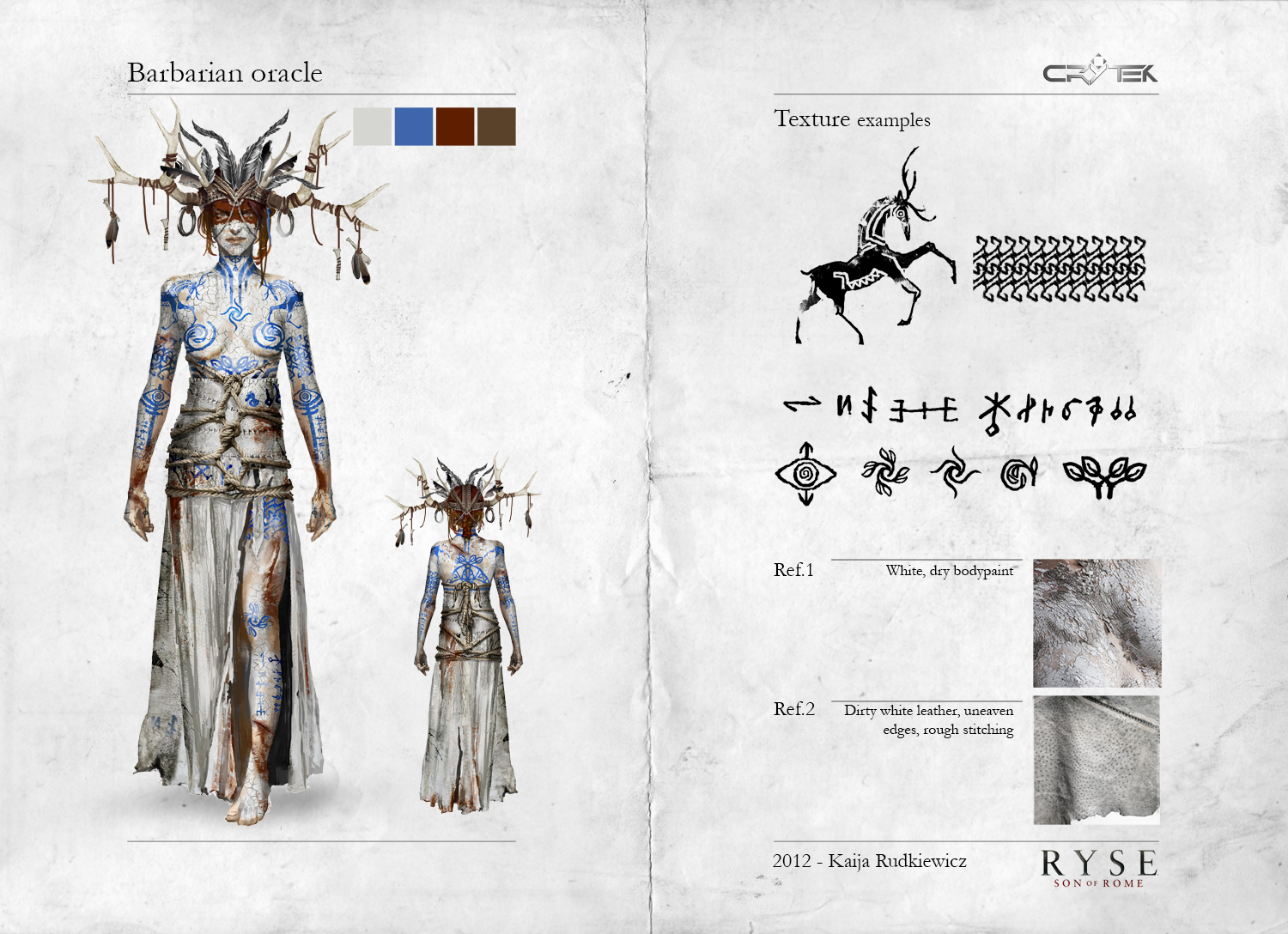
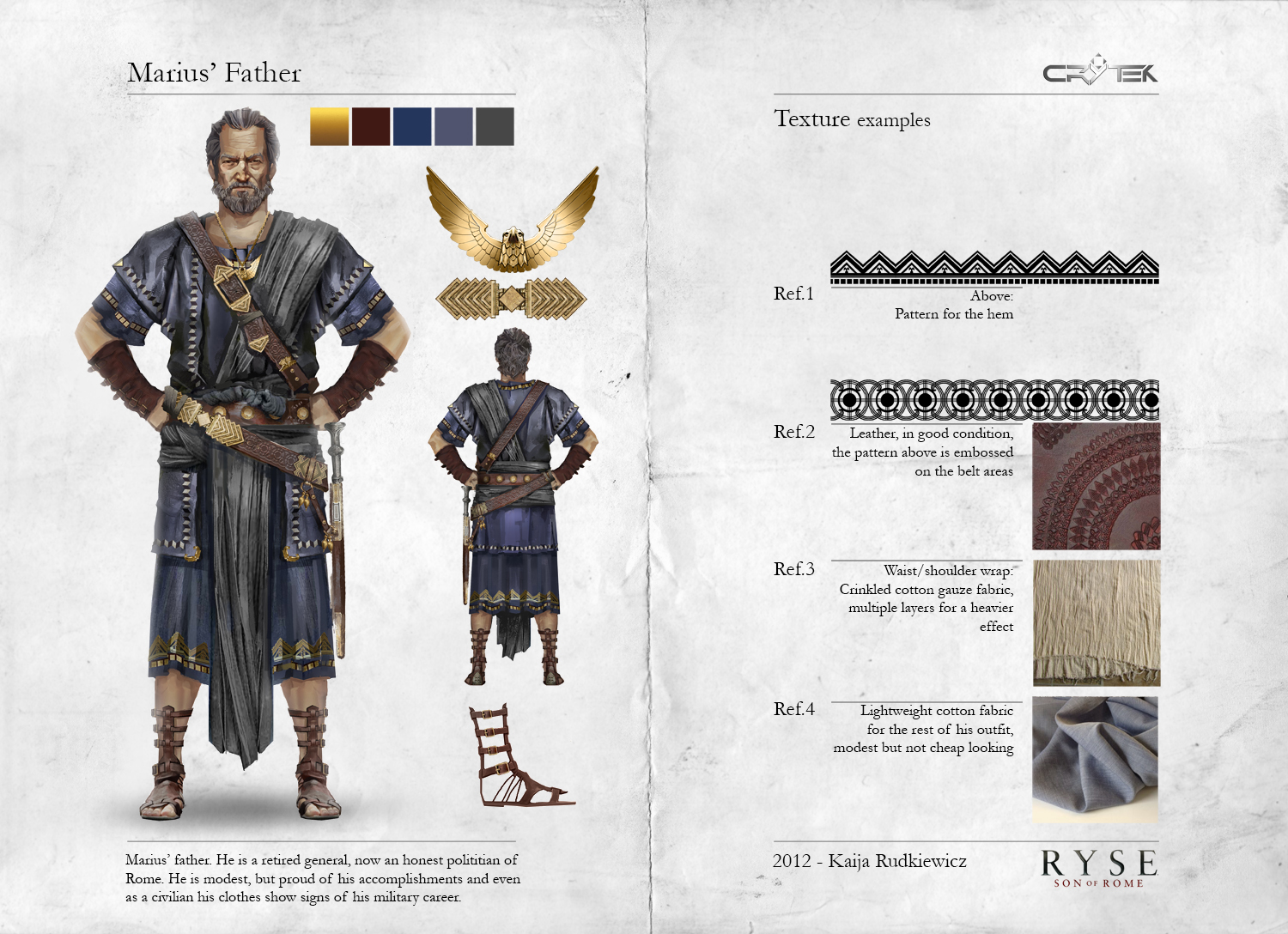
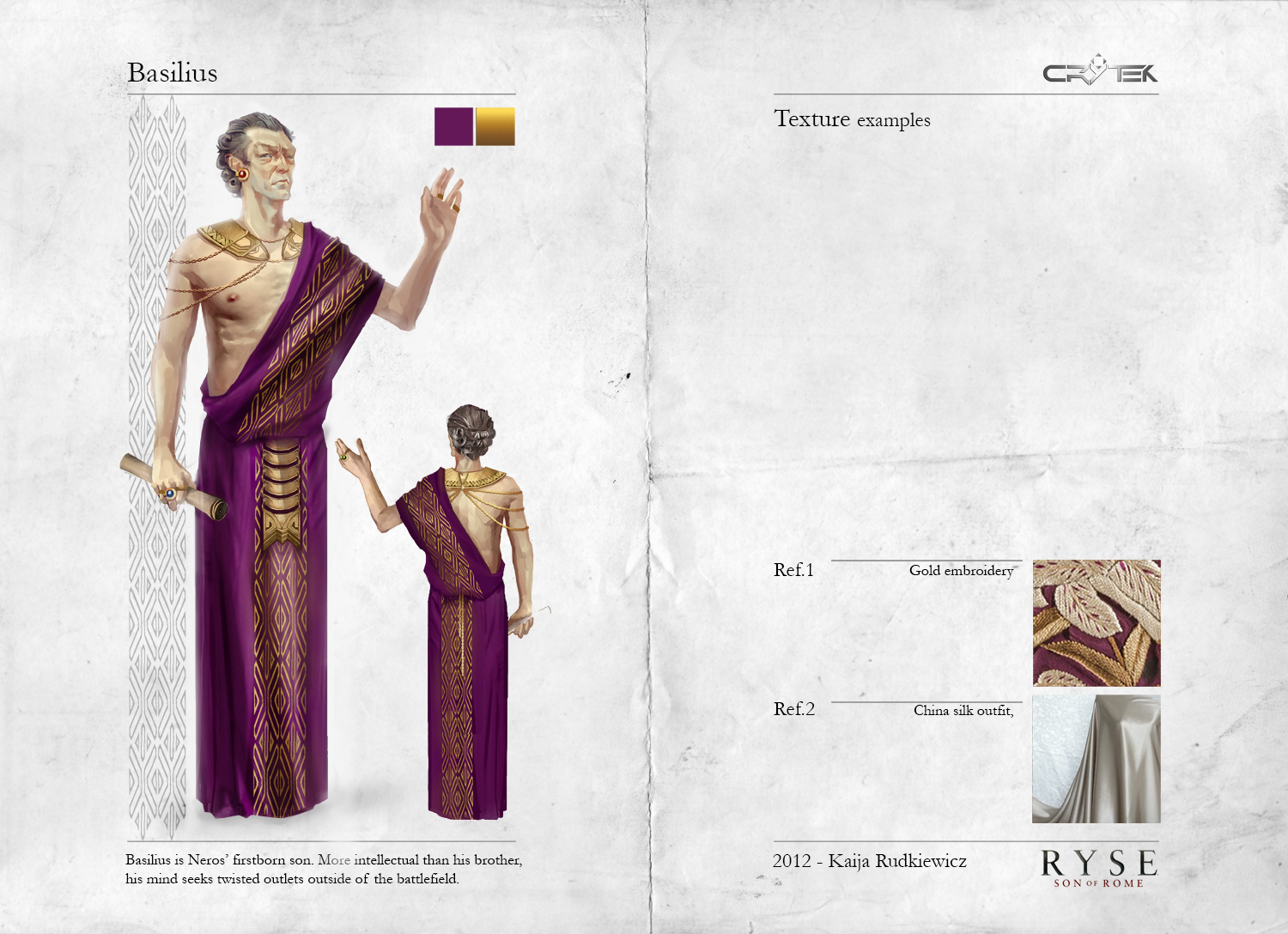
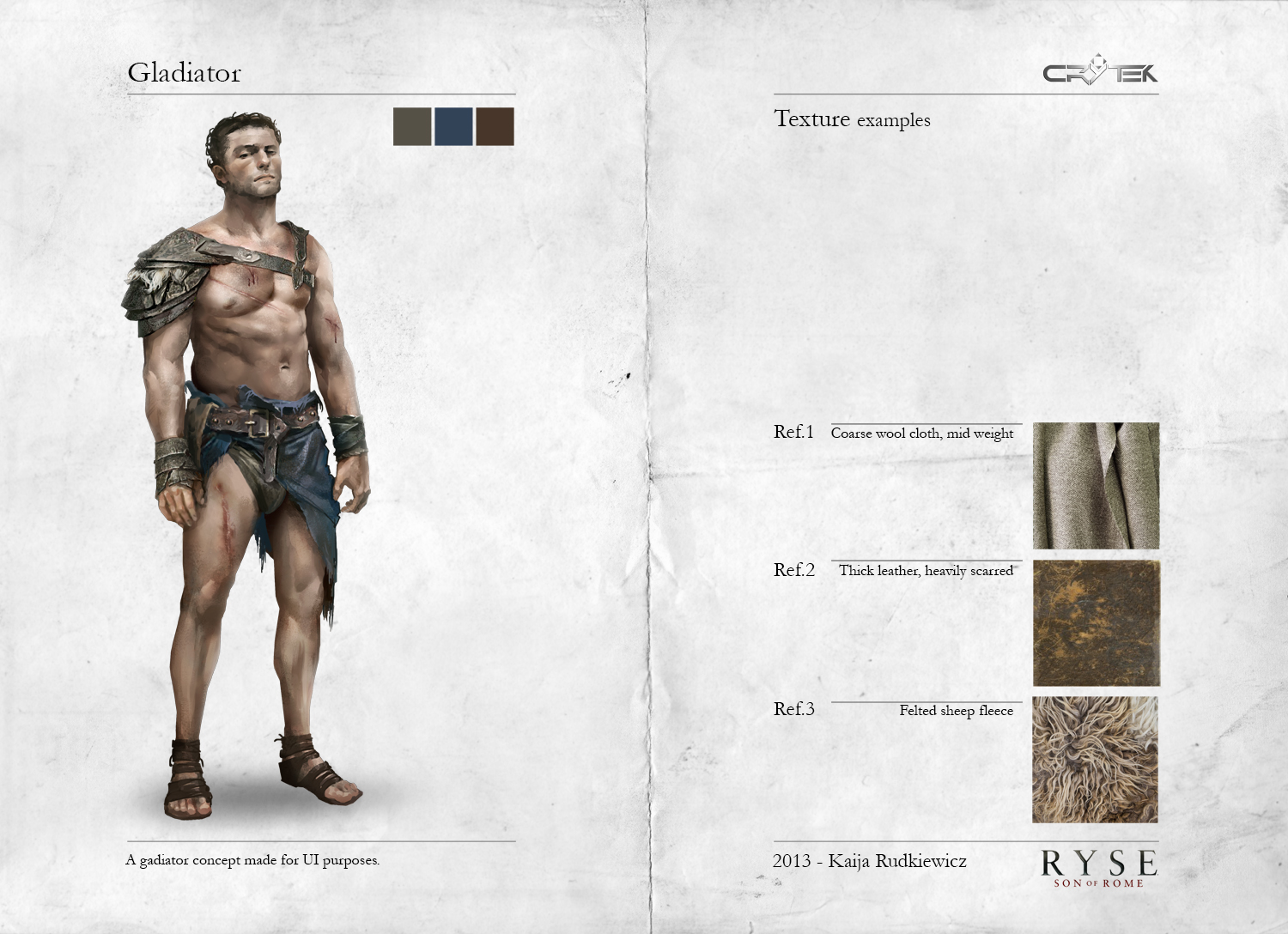

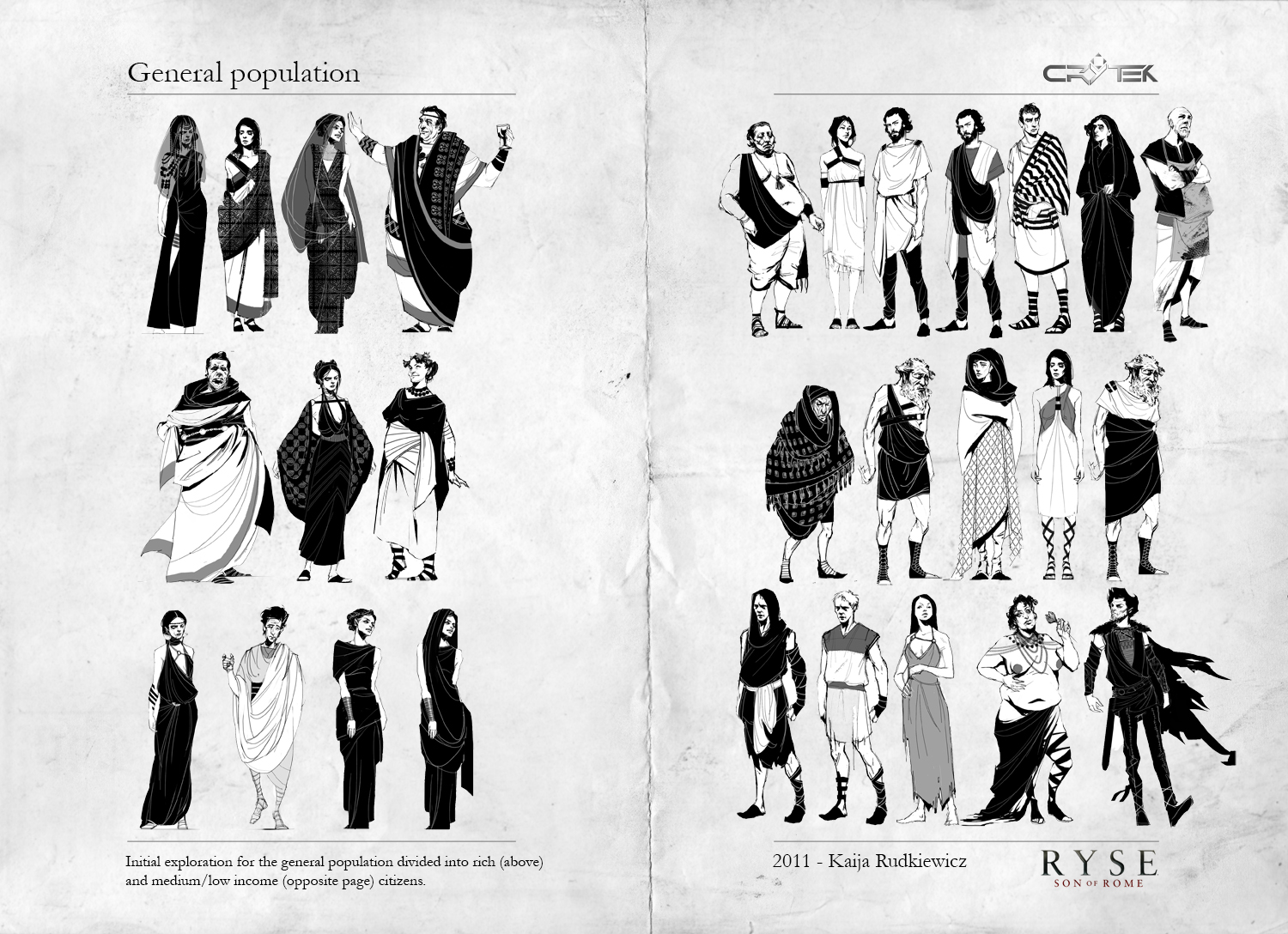
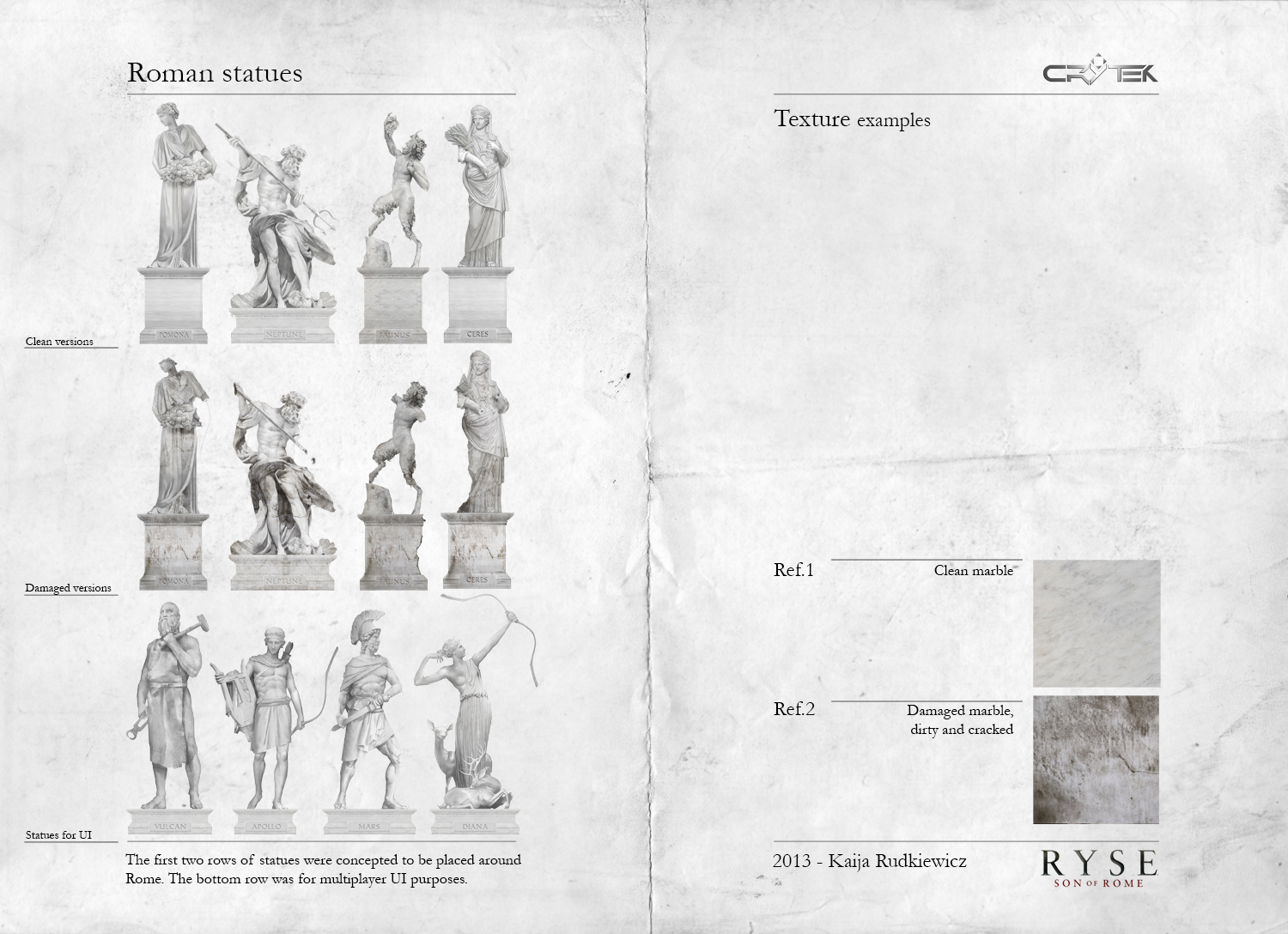

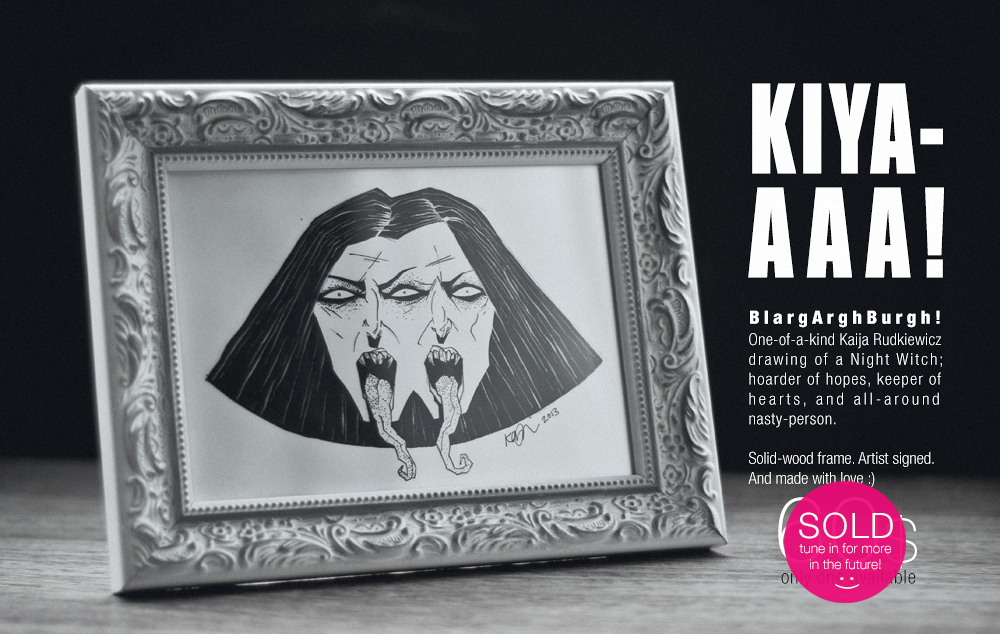
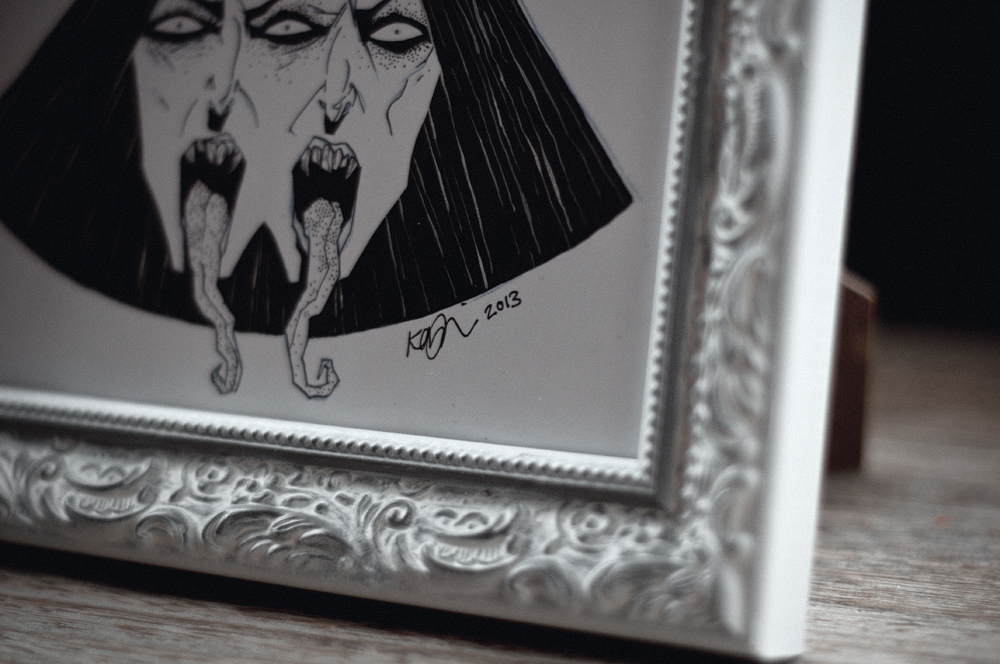
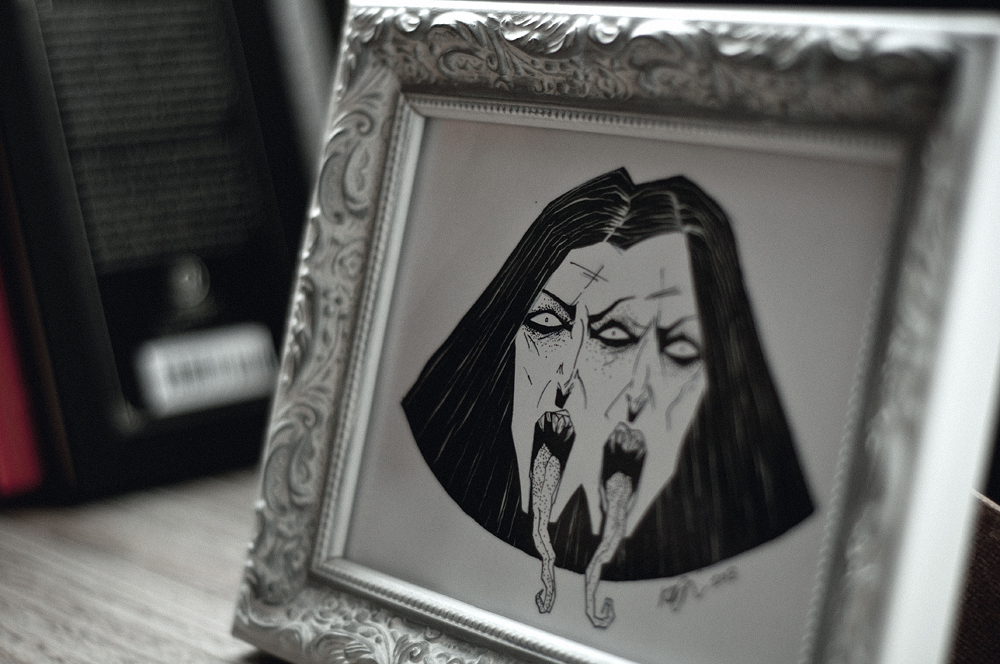

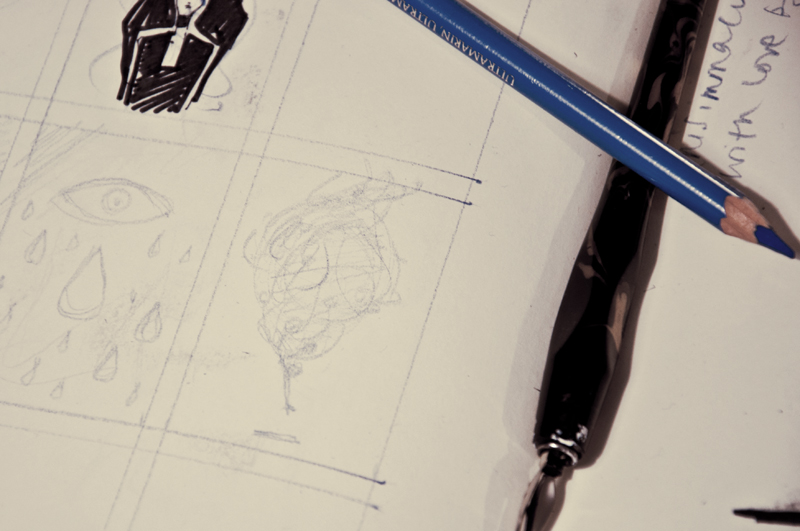
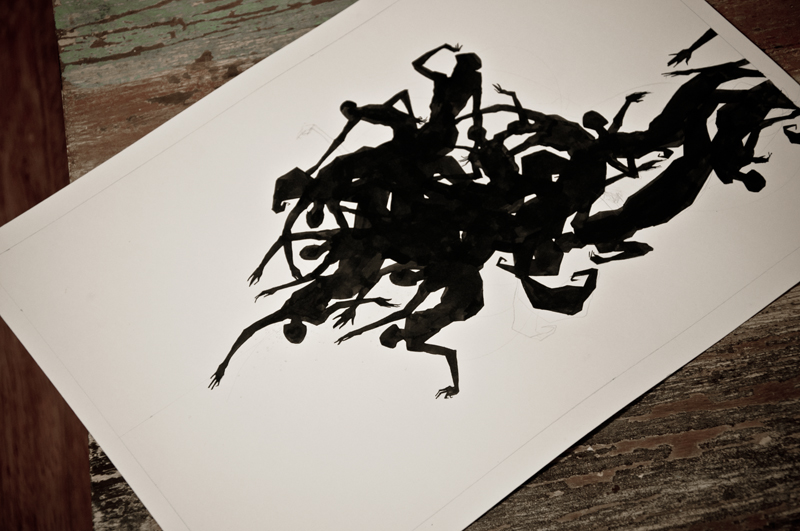
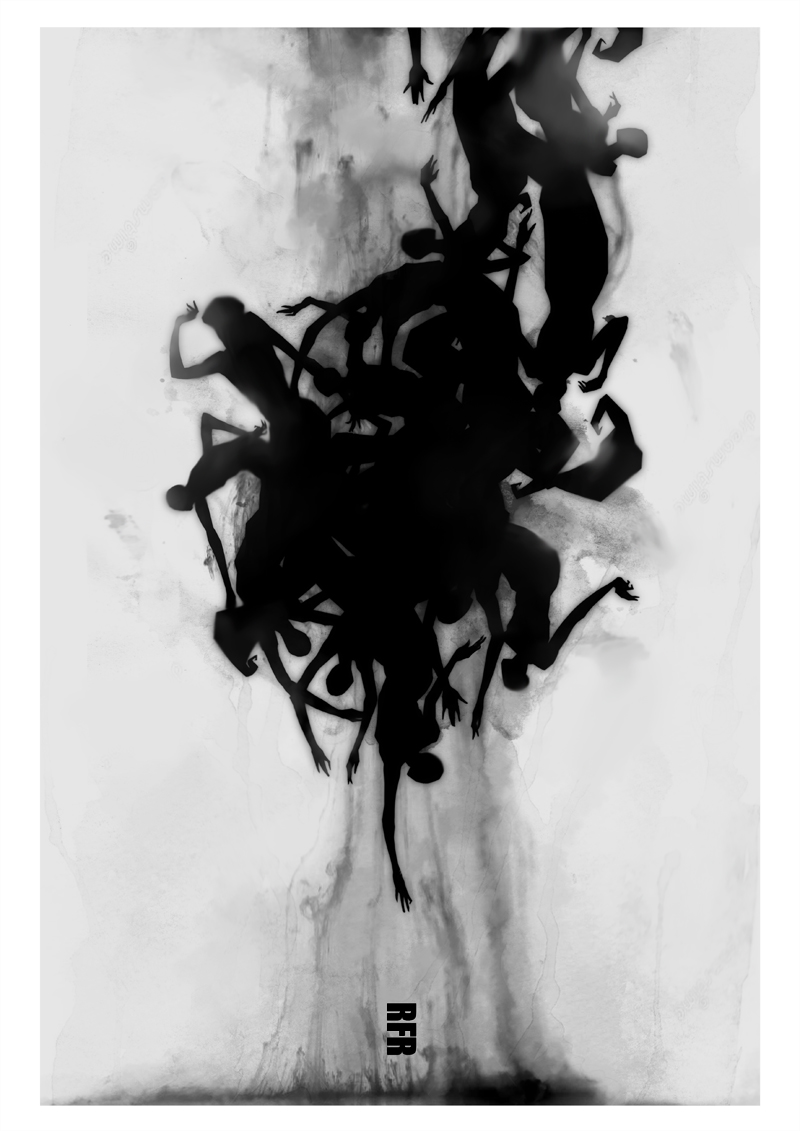
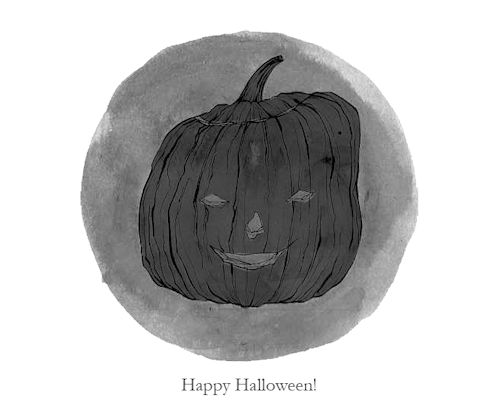







.jpg)

